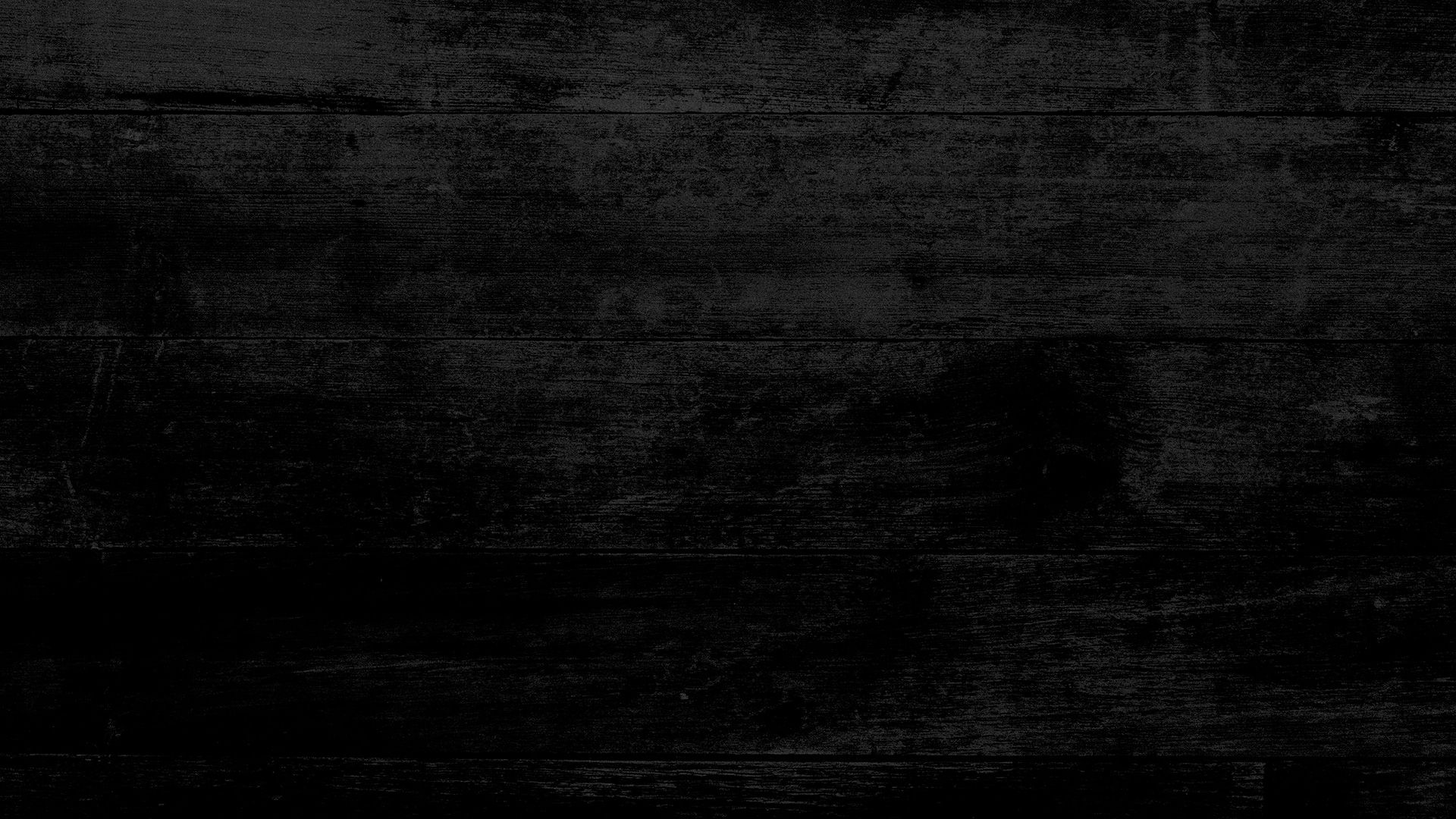Breathwork Styles Explained: What Works Best for Stress, Clarity, or Energy?
- Richie Kyriacou

- Jun 9
- 4 min read
When I left my high-paying corporate job in 2021 to start a coaching business, I felt like I was riding an exciting, risky, and completely unfamiliar wave. The monthly paycheck? Gone. The title I’d worked for over a decade to earn? Also gone. But there was something deeper—a quiet, insistent call I could no longer ignore.
So, I answered it. I went all in with trust.
And while that wave hasn’t stopped moving, I’ve never felt more grounded or at peace. One reason for that? Breathwork.
Even though I’d been meditating since 2012, breathwork opened a door I didn’t even know was there. It gave me clarity when decisions felt messy. It cleared stress that coaching alone couldn’t reach. It helped me regulate my nervous system when I was overwhelmed. I’d walk into a session feeling scattered—and walk out feeling focused, creative, and calm.
The impact was too powerful to keep to myself. I became a certified breathwork facilitator to integrate it into my coaching practice. Why? Because professionals today are burning out not just from workload, but from disconnection—from their bodies, their minds, their purpose.
So let’s explore something you might not know: not all breathwork is the same.
Whether you're feeling anxious, stuck in overthinking, or on the edge of change, there’s a technique that can meet you exactly where you are.
Please note, these are ranked in order of intensity, 4, 5 and 6 especially are not suitable for everyone, you can check out the contraindictions here.
1. Everyday Nasal Breathing: Your Foundational Reset
What it is:
Simple inhales and exhales through the nose, with the mouth closed and belly expanding naturally.
Why it matters:
* Activates your parasympathetic nervous system
* Increases Heart Rate Variability (HRV), a marker of resilience
* Supports better oxygenation and energy
When to use it:
Walking, commuting, or between meetings. Aim for 6–8 breaths per minute.
Who it’s for:
Professionals under daily pressure, needing an easy nervous system adjustment back to feeling relaxed.
Don’t ask how, but in a recent study out of UCLA, they were able to train mice to breathe slower for 30 minutes a day over 4 weeks. In comparsion to the group of mice not trained, they were much less fearful. Unlike humans, mice don’t have belief systems so they can’t placebo themselves into calm. This is neurobiology.

2. Regulated Breathing (Box, 4-7-8): Structure for Your Mind
What it is:
Breath patterns with fixed timing—like Box Breathing (inhale 4, hold 4, exhale 4, hold 4) or 4-7-8.
Why it matters:
* Manages anxiety and sleep
* Builds emotional control
* Used by Navy SEALs and executives alike
When to use it:
Before tough conversations or presentations. At night if your mind is racing.
Who it’s for:
Anyone experiencing overthinking, imposter syndrome, or performance anxiety.
3. Pranayama: Ancient Breathwork for Modern Stress
What it is:
Yogic techniques like alternate nostril breathing or breath of fire, practiced for thousands of years.
Why it matters:
* Balances internal energy
* Clears mental fog
* Can reduce cortisol levels
When to use it:
Morning routines, mid-day stress resets, or before deep work.
Who it’s for:
Those seeking clarity, calm, and focus through tradition-backed techniques.
4. Wim Hof Method: Resilience Through the Breath
What it is:
Powerful rounds of fast, deep breathing followed by breath holds.
Why it matters:
* Builds mental and physical resilience
* Boosts immune function
* Reduces inflammation and stress
When to use it:
As part of your morning routine or mid day break
Who it’s for:
High-achievers wanting to enhance grit, stamina, and energy.
5. Conscious Connected Breathwork: Deep Emotional Clearing
What it is:
Continuous, circular breathing usually through the mouth and usually done lying down in a guided session.
Why it matters:
* Releases stored stress and trauma
* Increases creativity and clarity
* Helps reconnect with suppressed emotions
When to use it:
When feeling stuck, burnt out, or for finding creatvity and inspiration.
Who it’s for:
Professionals ready for deeper healing, clarity, or transformation.
6. Holotropic Breathwork
What it is:
Intensive 2–3 hour sessions developed by psychiatrist Stan Grof to access non-ordinary states of consciousness.
Why it matters:
* Facilitates deep trauma processing
* Provides access to insight and inner wisdom
* Can offer experiences similar to psychedelics—without substances
When to use it:
In a safe, facilitated setting when you're ready for significant inner work.
Who it’s for:
Those navigating life transitions, grief, or seeking spiritual insight.
There’s No ‘Best’ Breathwork—Only the One That’s Right for You
The point of breathwork isn’t to master every technique. It’s to find the one that helps you feel more you. For me, that meant moving from cognitive problem-solving to full-body presence to maintaining a spiritual connection. For my clients, it’s been everything from clearing career burnout to reconnecting with purpose. I can say, Breathwork for stress specific is a common feature for all, so the questin for you can become, what's really causing the stress, this will help decide the intensity.
At Reset With Richie, I offer:
* Private 1:1 or couples sessions
* Group breathwork journeys (inspired by Wim Hof, Conscious Connected, or Holotropic)
* Corporate resilience workshops
All tailored to your current state, energy, and goals.
Curious? That’s Enough to Begin
If something stirred in you while reading this—curiosity, relief, or a quiet “yes”—that’s your intuition nudging you forward.
🫁 Book a session and experience the reset for yourself.
You don’t need to wait until you’re burnt out to begin. Start now. Start where you are. And let your breath do the work.





Comments